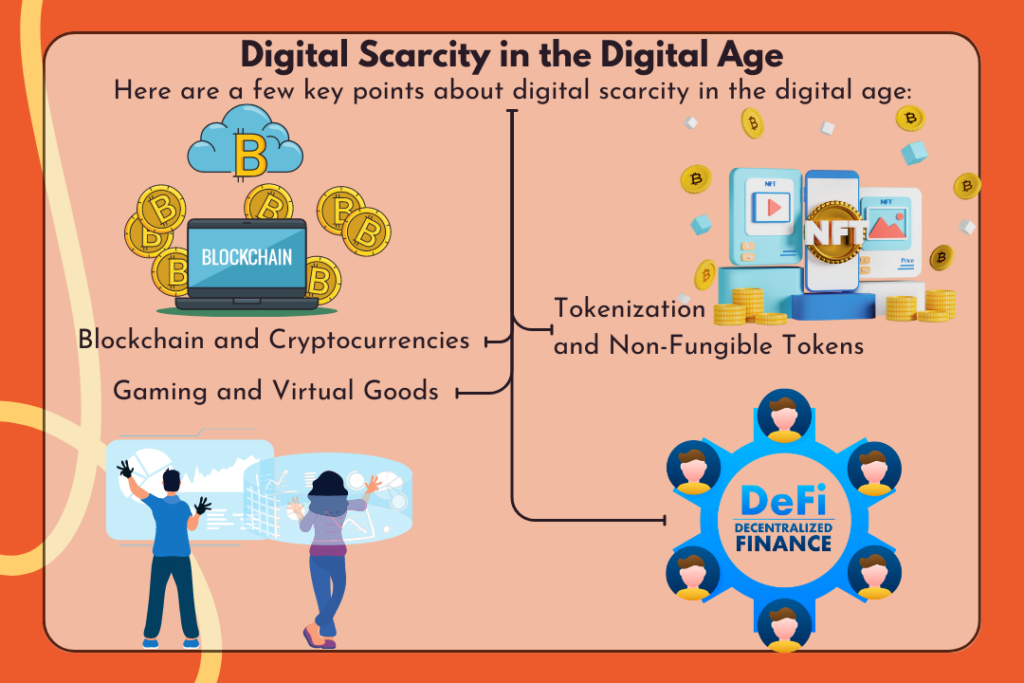![]()

Introduction
In recent years, the exciting convergence of blockchain technology and digital art. And also birthed a groundbreaking phenomenon: Non-Fungible Tokens, or NFTs. These NFTs, unique digital assets, have ignited a revolution in how we perceive, create, and trade digital content. They have ushered in a new era of ownership, scarcity, and creativity. This comprehensive exploration will delve deeply into the realm of NFTs, revealing their significance, and mechanisms. And also the profound impact they wield on the art world and beyond.
The Genesis of NFTs
The inception of NFTs traces back to the introduction of the ERC-721 standard on the Ethereum blockchain in 2017. In sharp contrast to cryptocurrencies like Bitcoin or Ethereum. Also, which users can interchange and divide, NFTs embody indivisible units of digital assets. This intrinsic uniqueness bestows upon them unparalleled value and potential. It also offers an innovative resolution to the enduring issue of digital scarcity.
Digital Scarcity in the Digital Age

The concept of scarcity has been a persistent challenge within the digital realm. But also, where duplicating and sharing digital content is effortless. NFTs elegantly address this predicament by leveraging blockchain technology and cryptographic signatures. This fusion enables NFTs to establish undeniable ownership and traceability of distinct digital items. And also spans artworks, music compositions, virtual real estate, and even social media posts. Infusing genuine scarcity into the digital sphere imparts genuine value and exclusivity to digital creations.
The NFT Ecosystem
The ecosystem thriving around NFTs represents a dynamic fusion of artists, collectors, technologists, and enthusiasts. This novel medium empowers artists to surpass traditional art market barriers, facilitating direct engagement with their audience devoid of intermediaries. In a reciprocal fashion, collectors gain the capability to own and exchange distinctive digital assets, curating collections within a decentralized, transparent, and seamless environment.
Smart Contracts and Royalties
Among the most intriguing aspects of NFTs is their capacity to integrate smart contracts. These self-executing contracts bestow artists with the capability to embed royalties into their creations. With each subsequent resale, a predetermined percentage of the sale automatically channels back to the original creator, forging an ongoing revenue stream and acknowledging the artist’s contribution as their work appreciates in value. This innovative feature has the potential to revolutionize the way artists are compensated for their creations, fostering a more equitable and sustainable ecosystem.
Challenges and Controversies
While the dawn of NFTs has ushered in a renaissance of creative expression, it has also invited scrutiny and debate. Foremost among the concerns is the energy consumption associated with certain blockchain networks, which have garnered criticism for their environmental impact. Addressing this challenge through technological advancements, including the adoption of more energy-efficient consensus mechanisms, stands as a critical goal for the NFT community. Furthermore, issues related to copyright infringement and ownership disputes have arisen, underscoring the need for comprehensive regulations and standards to navigate this uncharted terrain.
Beyond Art: NFTs in the Real World

The influence of NFTs extends far beyond the confines of art, permeating diverse industries and realms. Virtual real estate, gaming assets, collectible cards, and even legal documents have been successfully tokenized as NFTs. Within the ever-expanding metaverse, NFTs possess the potential to redefine interactions, trade, and value creation in virtual spaces, effectively blurring the lines between the tangible and the digital.
The Future of NFTs
As the NFT landscape continues to evolve, a plethora of possibilities awaits. Solutions that mitigate the environmental concerns surrounding blockchain networks are likely to emerge, enhancing the sustainability of NFTs and aligning them with broader environmental goals. Interoperability across various blockchain platforms could democratize the NFT space further, facilitating seamless cross-platform trading and collaboration. Moreover, NFTs hold the potential to redefine the very concept of ownership in the digital era, extending their influence into immersive technologies like virtual and augmented reality, where users can engage with digital assets on a whole new level.
Conclusion
NFTs have succeeded in unraveling the enigma of digital rarity, forever altering our relationship with digital assets. Through the seamless integration of blockchain technology, cryptographic signatures, and smart contracts, NFTs have unveiled Digital Rarity a new frontier of possibilities for artists, collectors, and enthusiasts. While challenges and controversies continue to punctuate this transformative journey, the indomitable impact of NFTs on the art world and beyond remains undeniable. As we diligently unearth the secrets of digital rarity, the future of NFTs promises to reshape our understanding of digital creations in ways that are as profound as they are unforeseen.
